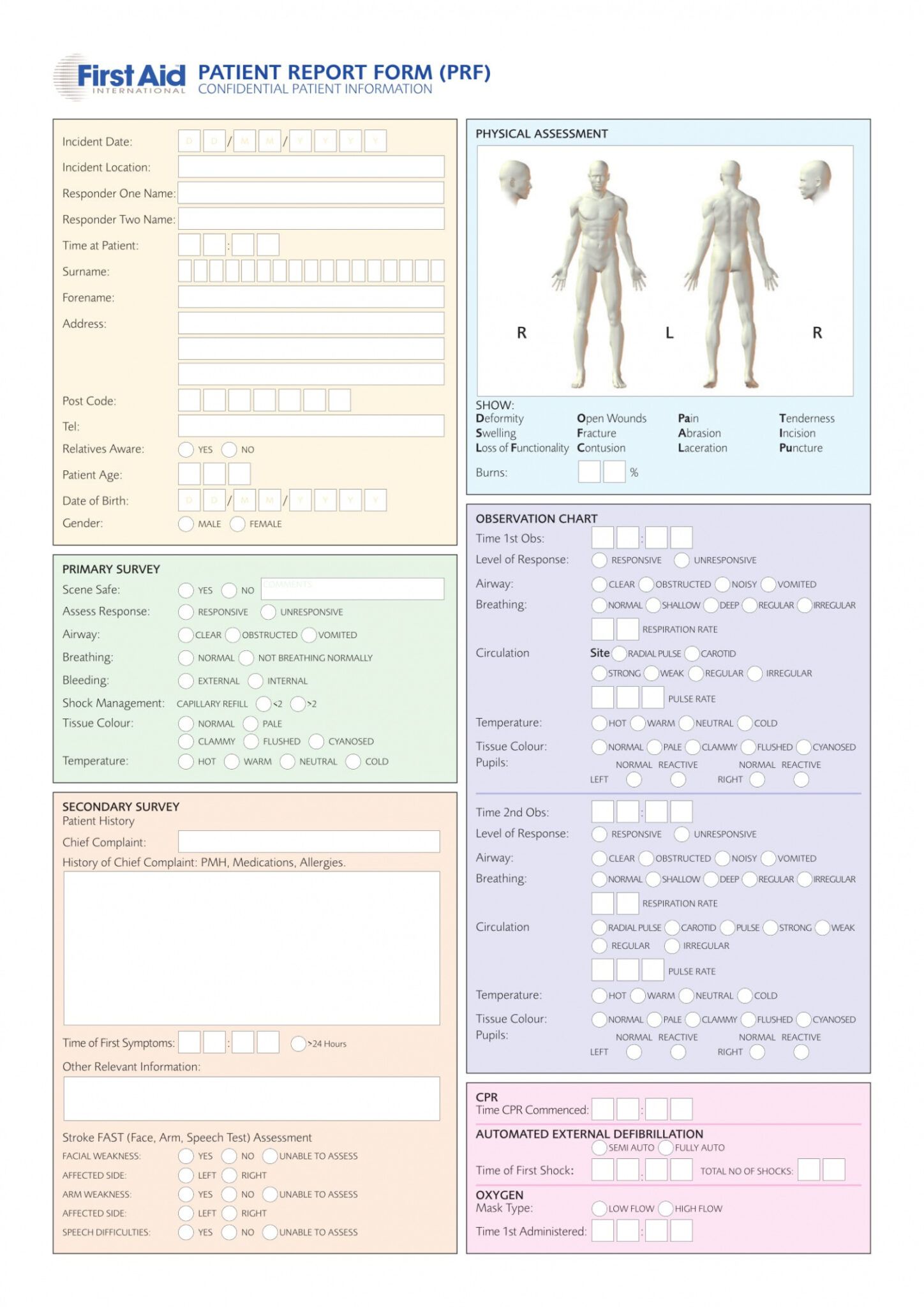Understanding Disposition Paperwork: A Quick Guide

Introduction to Disposition Paperwork

When navigating the complex world of real estate or legal documents, understanding disposition paperwork is crucial. This paperwork is a comprehensive collection of documents used to finalize the transfer, sale, or disposal of a property or asset. Whether you're selling a home, managing estate affairs, or dealing with property litigation, knowing what disposition paperwork entails can streamline your process and mitigate potential legal issues.

What is Disposition Paperwork?

Disposition paperwork includes documents that facilitate the finalization of property or asset transactions. Here are the key elements involved:
- Deed of Transfer: A legal document that transfers ownership of the property from the seller to the buyer.
- Bill of Sale: A document outlining the sale of goods between a seller and buyer.
- Settlement Statement: Known as the Closing Disclosure or HUD-1, this document shows all charges to both parties involved in the real estate transaction.
- Proof of Payment: Receipts or bank statements verifying payments made during the transaction.
- Tax Records: Documentation indicating the tax implications for both parties, including any property tax prorations.
Key Documents in Disposition Paperwork

Here's a detailed look at some of the vital documents in disposition paperwork:
Deed of Transfer

The Deed of Transfer is paramount because it legally transfers the property from one party to another. This document varies in name and format based on local laws, such as a Warranty Deed or Quitclaim Deed. Here's what it typically includes:
| Component | Description |
|---|---|
| Grantor's Information | Name and contact information of the seller. |
| Grantee's Information | Name and contact information of the buyer. |

The deed must be properly executed with signatures, notarization, and recording with the local land records office.
Bill of Sale

In some transactions, like selling personal property or fixtures not included in the deed, a Bill of Sale might be necessary. This document:
- Proves ownership transfer
- Serves as proof of payment for tax purposes
Settlement Statement

The Settlement Statement, often prepared by a title company or settlement agent, details:
- Fees charged to the buyer and seller
- Adjustments for prorated taxes, utilities, and HOA dues
💡 Note: It's vital to review this document carefully to avoid future disputes over charges.
Navigating the Process of Gathering and Submitting Disposition Paperwork

Managing disposition paperwork can be overwhelming, but here’s how you can proceed effectively:
Step-by-Step Guide

- Collect all Necessary Documents: Begin by assembling all required paperwork.
- Verify Accuracy: Double-check for accuracy in all entries, signatures, and notarizations.
- Complete Legal Requirements: Ensure all documents meet the legal standards for your jurisdiction.
- Get Documents Notarized: Depending on your location, notarization might be necessary for some documents.
- File with Relevant Authorities: Submit the disposition paperwork to the appropriate government offices or agencies.
⚠️ Note: Always keep copies of all documents for your records. Digital backups can be helpful, too.
Common Challenges and Solutions

Here are some frequent issues when dealing with disposition paperwork:
Incomplete or Incorrect Documents

Verify every detail on each document. If unsure, consult with your real estate attorney or a title company to avoid errors.
Timing and Coordination

Coordinating between various parties like buyers, sellers, agents, and legal professionals can be challenging. Here are solutions:
- Use task management tools to keep track of deadlines.
- Set up reminders for critical document submission dates.
Payment Disputes

Ensure all financial transactions are well-documented and use escrow services if available to safeguard funds.
How to Make Disposition Paperwork Easier

Here are some tips to streamline the process:
- Engage professional help like attorneys or title companies.
- Use digital tools for document management and e-signatures.
- Communicate regularly with all involved parties to stay updated on progress.
Summing Up

Disposition paperwork can be a labyrinth of legal and financial documents, but by understanding each component's purpose, you can navigate the process smoothly. From ensuring the correct transfer of property ownership with a deed of transfer, to reviewing the financial details on the settlement statement, each document plays a critical role in finalizing a transaction. Remember, preparation, verification, and professional consultation can make all the difference. Keep in mind that while the process might seem daunting, it's designed to protect both buyers and sellers by providing clear evidence of ownership transfer and financial transactions. By approaching disposition paperwork with diligence and the right support, you can turn what could be a stressful endeavor into a manageable and successful experience.
What is the most important document in disposition paperwork?

+
The most critical document in disposition paperwork is often considered to be the Deed of Transfer, as it legally transfers the property from the seller to the buyer.
Can I prepare disposition paperwork on my own?

+
While it’s possible to draft some documents, legal counsel or a title company can help ensure compliance with local laws, reducing the risk of errors or omissions.
What happens if the disposition paperwork is filed incorrectly?

+
Incorrect filing can lead to delayed property transfer, financial disputes, or even legal action. It’s essential to get it right the first time to avoid complications.
Is digital disposition paperwork as valid as paper?
+Yes, if digital signatures and electronic records meet state laws, they are generally as valid as their paper counterparts for disposition paperwork.
What should I do if I discover an error in my disposition paperwork after it’s been submitted?
+Immediately contact your attorney or the title company to rectify the error. Depending on the document and nature of the error, you might need to submit an amendment or refile the corrected document.



